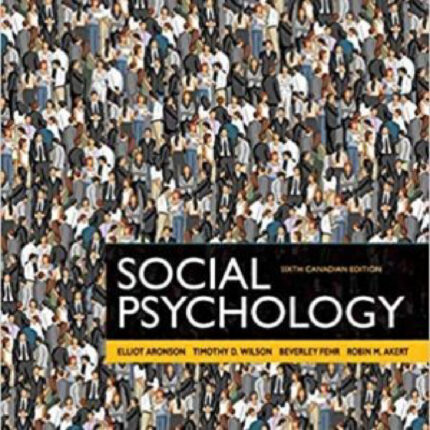Chapter 11 The Second Half: Midlife and Aging
1) Which of the following refers to people who are born in the same decade?
A) age cohort
B) span group
C) age epoch
D) None of these answers is correct.
Answer: A
Accessibility: Keyboard Navigation
2) The belief that women are old at an earlier age than men is referred to as
A) the cohort effect.
B) the double standard of aging.
C) the fossilization effect.
D) elderspeak.
Answer: B
Accessibility: Keyboard Navigation
3) Research on sexual attractiveness and aging suggests that
A) there is a double standard of aging.
B) ratings of women’s and men’s physical attractiveness decline at similar rates.
C) physical attractiveness and age are negatively correlated for both sexes.
D) there is a double standard of aging, and physical attractiveness and age are negatively correlated for both sexes.
Answer: A
Accessibility: Keyboard Navigation
4) Which of the following is a consequence of the double standard of aging?
A) There are few romantic leads for middle-aged women actors.
B) Men are perceived as becoming old later than women.
C) A man is more likely to marry a younger woman than vice versa.
D) All of these answers are correct.
Answer: D
Accessibility: Keyboard Navigation
5) Researchers found that older women are upset about changes in their bodies’ ________, while older men reported being more upset by changes in their bodies’ ________.
A) function; appearance
B) appearance; function
C) height; weight
D) weight; height
Answer: B
Accessibility: Keyboard Navigation
6) Which of the following is true of how aging men and women view their bodies?
A) Men tend to talk about their bodies as wholes, while women speak of parts of their bodies.
B) Men tend to talk about their bodies as if they were cars, while women speak of their bodies as if they were household appliances.
C) Men tend to talk about their bodies as improving with age, while women speak of their bodies as improving only with plastic surgery.
D) All of these answers are correct.
Answer: A
Accessibility: Keyboard Navigation
7) Matthew, a 55-year-old, and Damon, a 33-year-old, applied for a job. In spite of Matthew having more experience than Damon, the management decided to hire Damon because he was younger. This form of discrimination is referred to as
A) rankism.
B) ageism.
C) age stratification.
D) adultism.
Answer: B
Accessibility: Keyboard Navigation
8) Identify a true statement about ageism.
A) Most people accept ageism and age gracefully without resistance.
B) Medical care and employment are the only areas free of ageism.
C) Middle-aged people hold the most ageist attitudes.
D) Ageism is limited to only disabled seniors.
Answer: C
Accessibility: Keyboard Navigation
9) Which of the following is true of people who commonly express ageism?
A) They assume an older person with whom they are interacting has memory problems.
B) They assume an older person with whom they are interacting is not worth their attention.
C) They assume an older person with whom they are interacting should not be taken seriously.
D) All of these answers are correct.
Answer: D
Accessibility: Keyboard Navigation
10) In North American society, meaningful roles for elders are more apparent in
A) White Anglo-Saxon Protestant communities.
B) wealthy communities.
C) artistic communities, particularly for writers and poets.
D) collectivist cultures, including many Native American, Asian, and African American communities.
Answer: D
Accessibility: Keyboard Navigation
11) Eloise has turned 67 years old. People she meets compliment her by saying, “You don’t look your age.” The implicit assumption in this remark is that she
A) is very pretty.
B) would be ugly if she looked her age.
C) must have exercised her whole life.
D) makes the most of her appearance.
Answer: B
Accessibility: Keyboard Navigation













Reviews
There are no reviews yet.